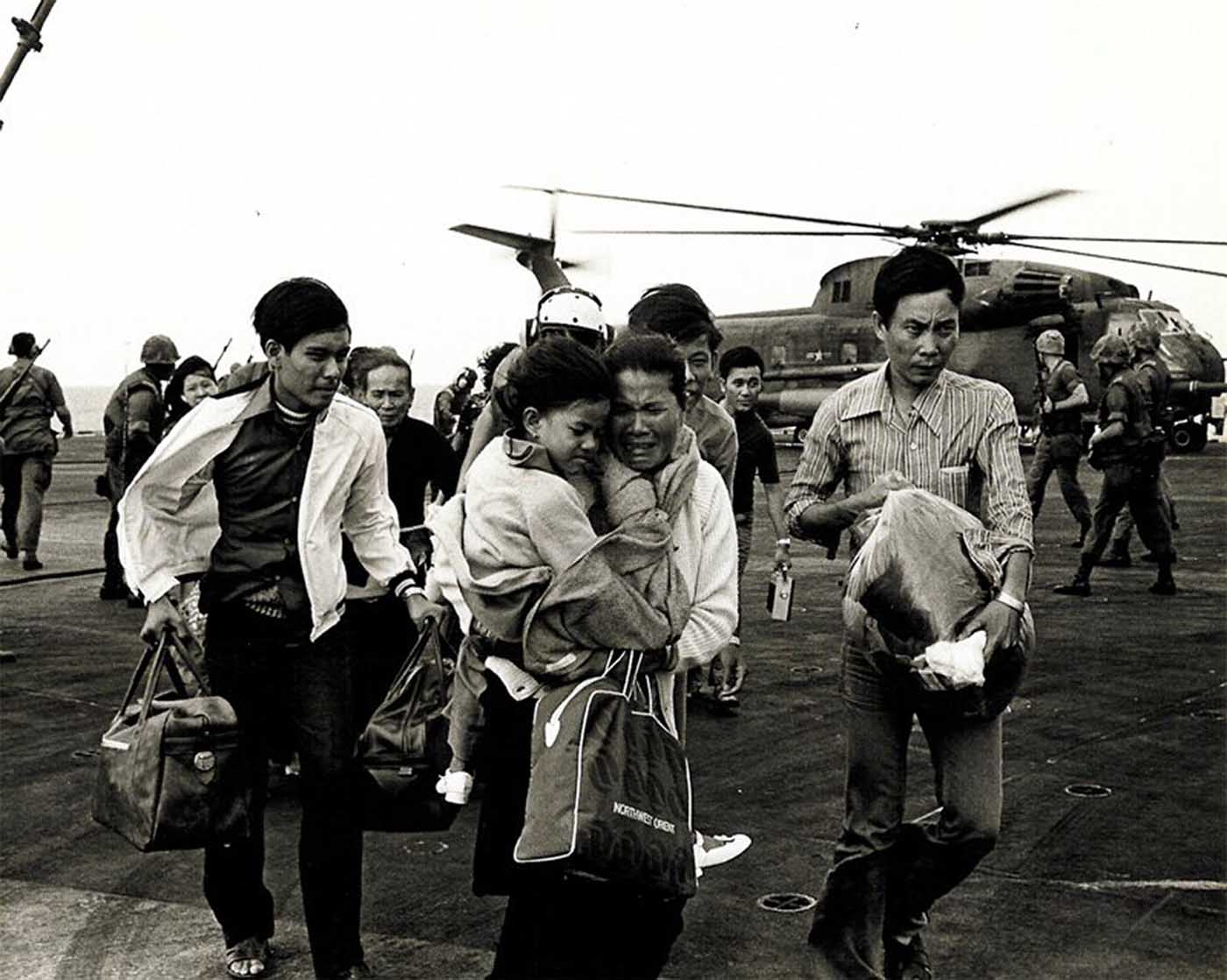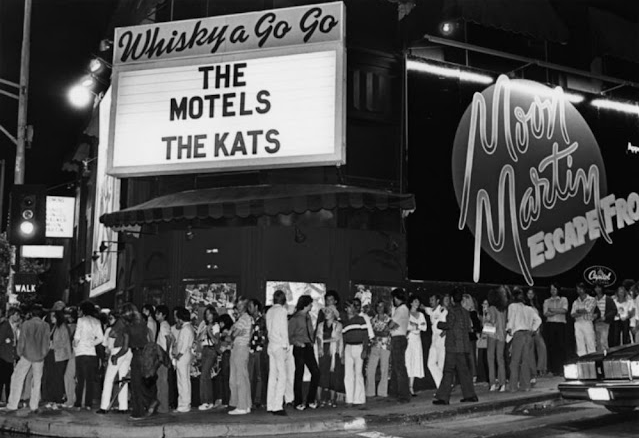 On the last two days in April 1975, Operation Frequent Wind, the evacuation of Vietnam, ended a twenty-year agony for the United States. A trial for America was done. The last 45 days of her presence in South Vietnam may seem almost insignificant compared to the previous decades of pain.
On the last two days in April 1975, Operation Frequent Wind, the evacuation of Vietnam, ended a twenty-year agony for the United States. A trial for America was done. The last 45 days of her presence in South Vietnam may seem almost insignificant compared to the previous decades of pain.
But, in continuous effort under ever-increasing pressure, the US Embassy in Saigon, and its Defense Attache Office (DAO) there, helped plan, prepare for, and ultimately conduct, the final evacuation from South Vietnam. Operation Frequent Wind extracted 130,000 people including: Vietnamese citizens, Third Country Nationals, and US citizens — a truly important feat.
Faced with hundreds of hard decisions, enormous logistical requirements, continuous security problems, and the threat of enemy military action, American civilians and the military men conducted an efficient evacuation.
Graham Martin, the last US Ambassador to South Vietnam, and the man in overall charge of the evacuation, said that in the long run the extraction at Saigon would surely be judged as “a hell of a good job”.
The American Embassy had previously distributed a booklet to its citizens, called “Standard Instruction and Advice to Civilians in an Emergency” (SAFE).
This included a map of Saigon showing areas where they would be picked up when the signal was given. The signal, to be broadcast on Armed Forces Radio, was “The temperature in Saigon is 105 degrees and rising,” followed by the playing of “White Christmas.”
 Between 29 and 30 April 1975, American helicopters landed at 10-minute intervals on the rooftop of the US embassy in Saigon to evacuate American diplomatic staff and at-risk Vietnamese.
Between 29 and 30 April 1975, American helicopters landed at 10-minute intervals on the rooftop of the US embassy in Saigon to evacuate American diplomatic staff and at-risk Vietnamese.
Helicopters that were built for 10 people were taking five times as many. Agitated and confused men, women, and children held onto what few possessions they could carry in their arms, until they were set for take-off toward waiting American warships.
Helicopters began to clog ship decks and eventually, some were pushed overboard to allow others to land. Pilots of other helicopters were told to drop off their passengers and then take off and ditch in the sea, from where they would be rescued.
 There are a variety of reasons why Americans chose to ditch a few helicopters in the waters. The aircraft carriers were running out of room to park these machines, most of the helicopters technically belonged to South Vietnam, so US military property wasn’t being destroyed, a lot of refugees needed more space, the helicopters were a liability to flight operations on deck, etc.
There are a variety of reasons why Americans chose to ditch a few helicopters in the waters. The aircraft carriers were running out of room to park these machines, most of the helicopters technically belonged to South Vietnam, so US military property wasn’t being destroyed, a lot of refugees needed more space, the helicopters were a liability to flight operations on deck, etc.
At the end of the day, Americans unquestionably judged that saving human life was more important than trying to keep these machines. There was no hesitation in dumping almost $10 million dollars worth of high-tech vehicles overboard.
Indeed, a common absence in the after-action reports and listening to the stories that are told of that day is that no one was reprimanded or questioned for destroying so much military equipment.
At 7:53 a.m. on April 30th, the last helicopter lifted off the embassy roof and headed out to sea. U.S forces had flown more than 1,000 aircraft over Saigon this final day, rescuing thousands. Only a few hours later, North Vietnamese tanks crashed the gates of the Presidential Palace – the war was over.
In Operation Frequent Wind a total of 1,373 Americans and 5,595 Vietnamese and third-country nationals were evacuated by helicopter.
The total number of Vietnamese evacuated by Frequent Wind or self-evacuated and ending up in the custody of the United States for processing as refugees to enter the United States totaled 138,869. The operation was by far the most ambitious helicopter airlift in history, which also depicted a desperate US withdrawal from Vietnam.
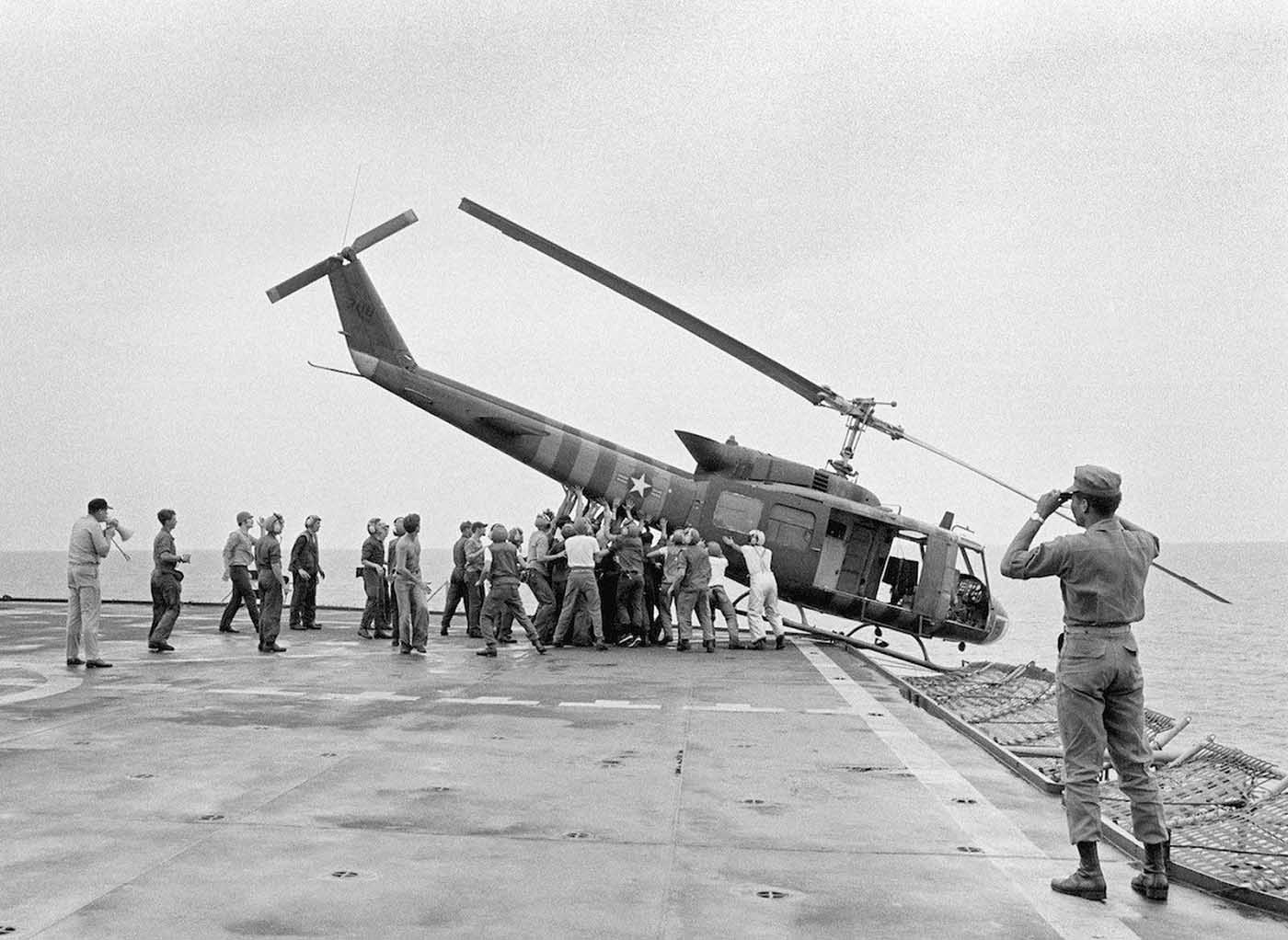

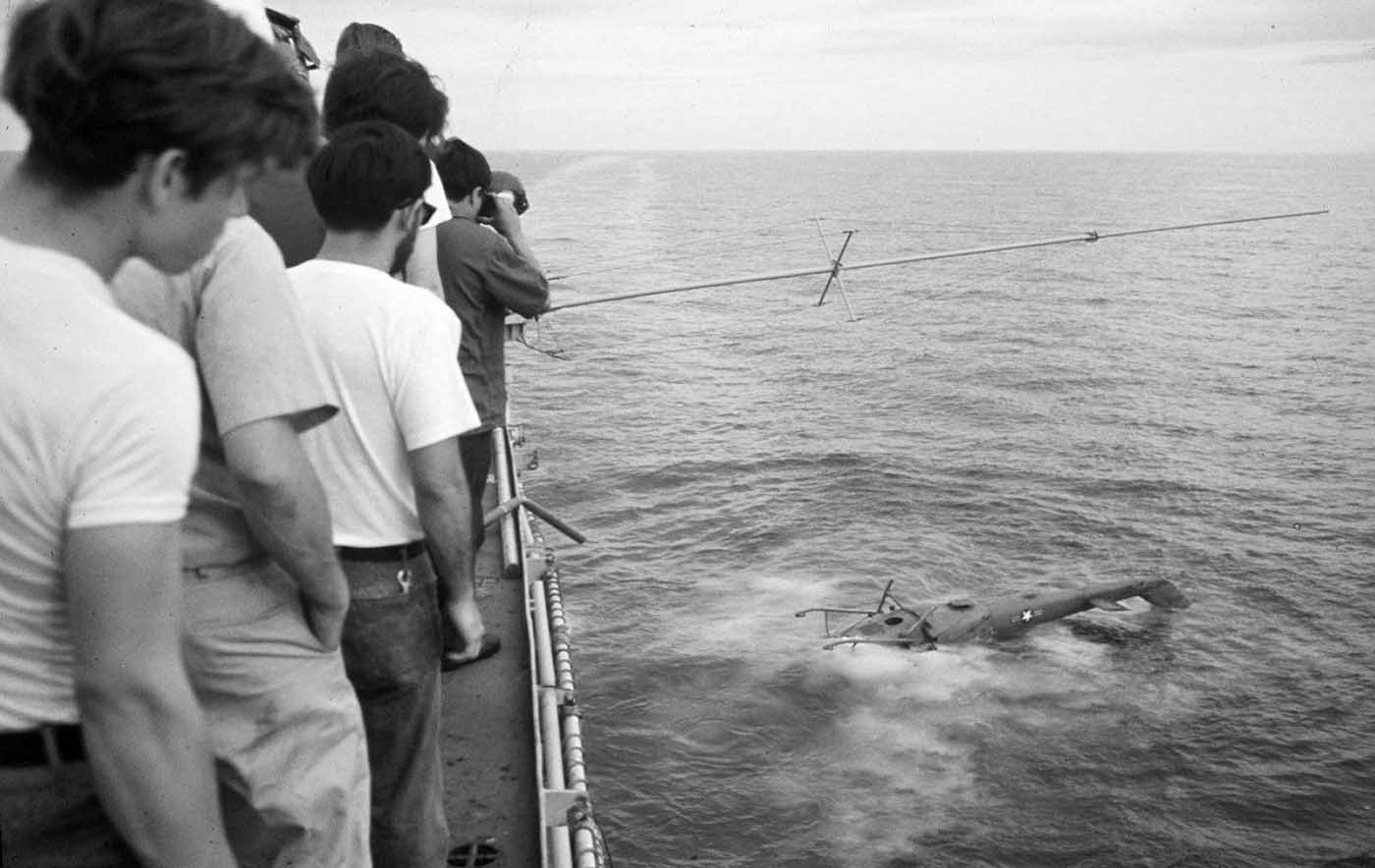

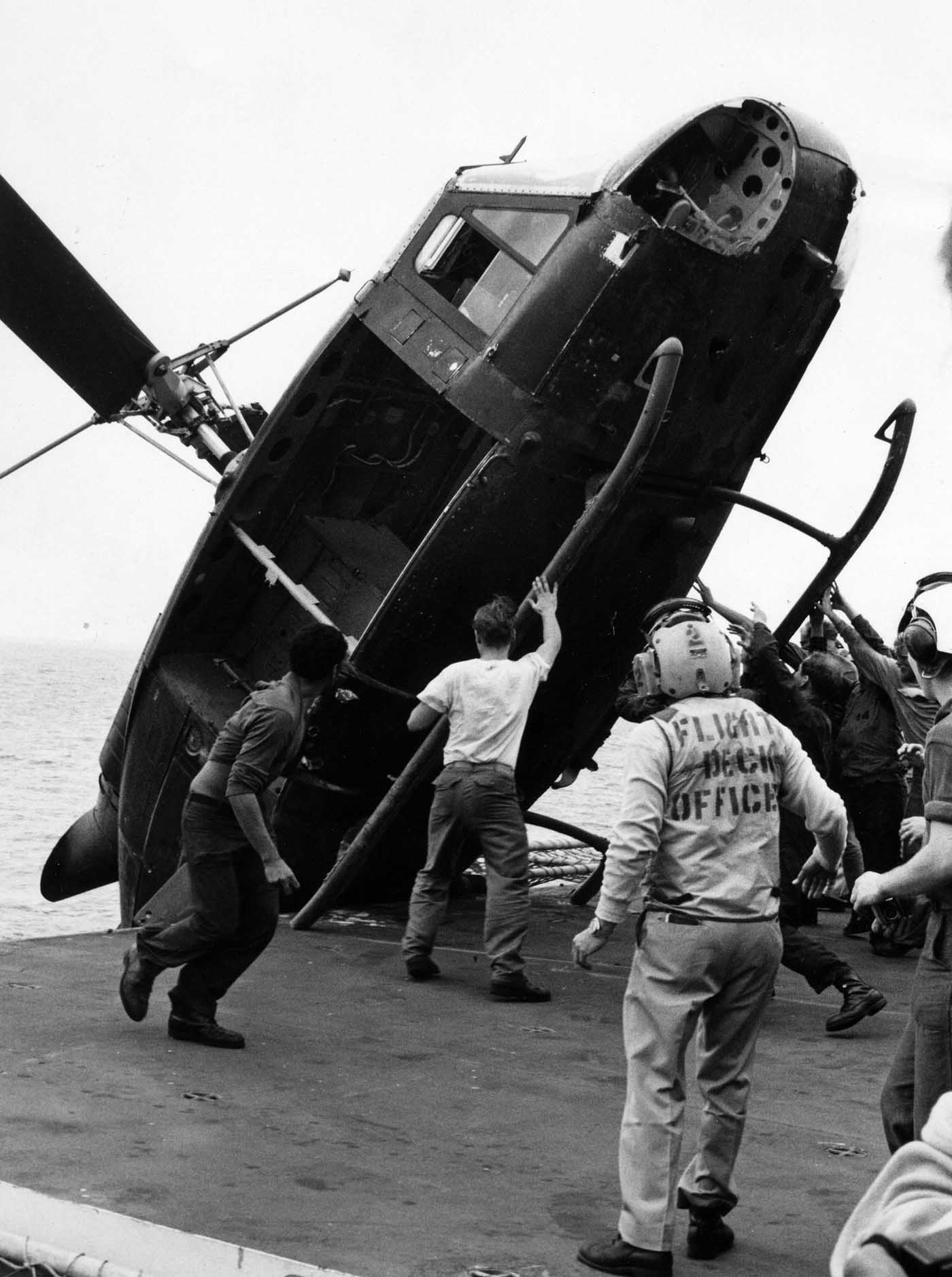
A South Vietnamese helicopter is pushed overboard from USS Okinawa to clear deck space for more incoming helicopters.
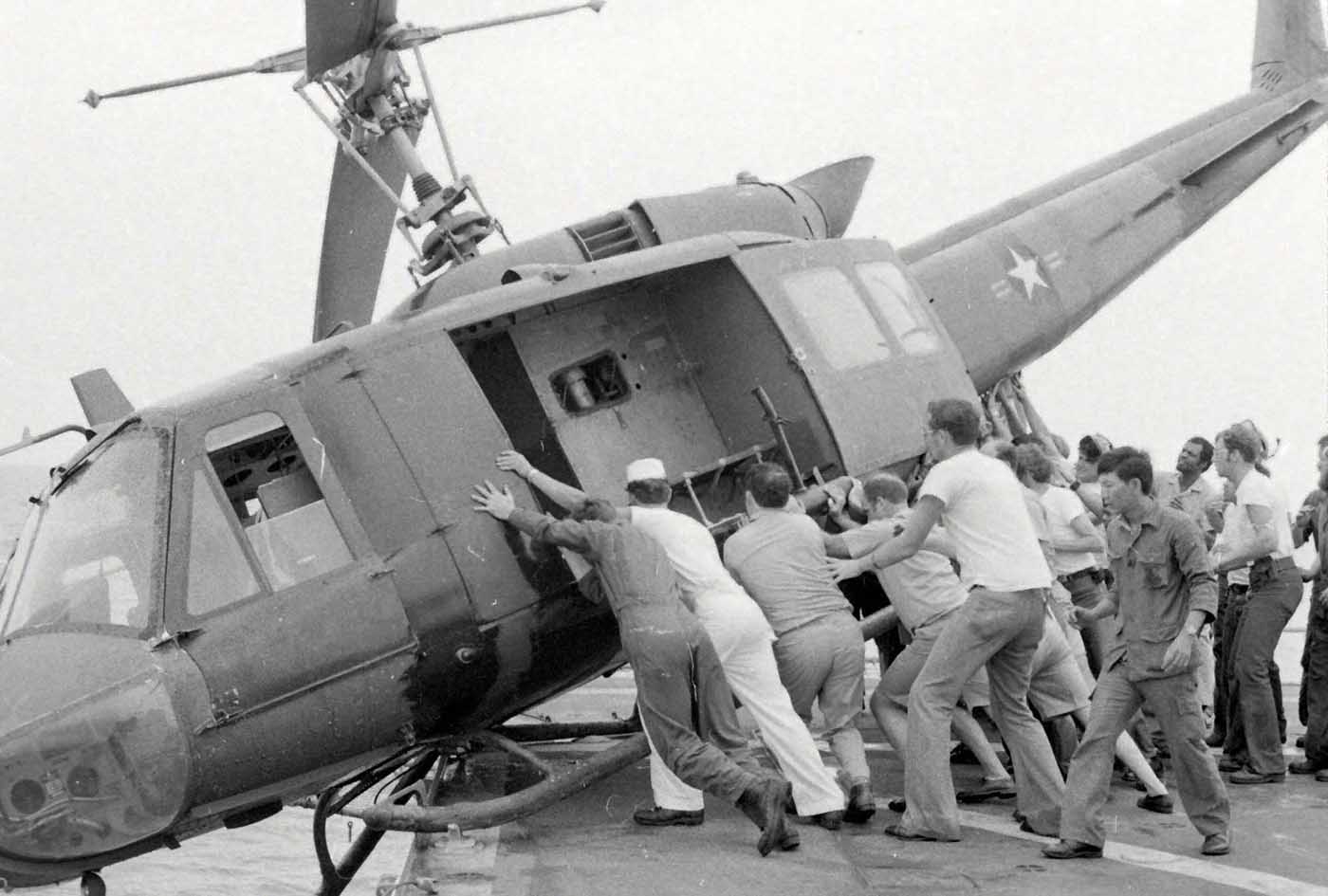

A Vietnamese woman, carrying her son, is given a numbered tag as she arrives onboard USS Hancock (CV-19). Her belongings will be tagged with the same number due to the language barrier between the refugees and Marines.

South Vietnamese refugees arrive on a U.S. Navy vessel during Operation Frequent Wind.
